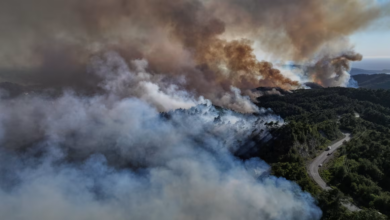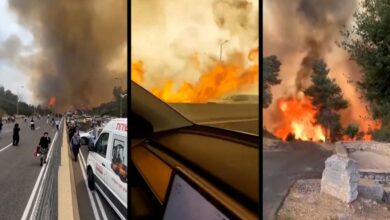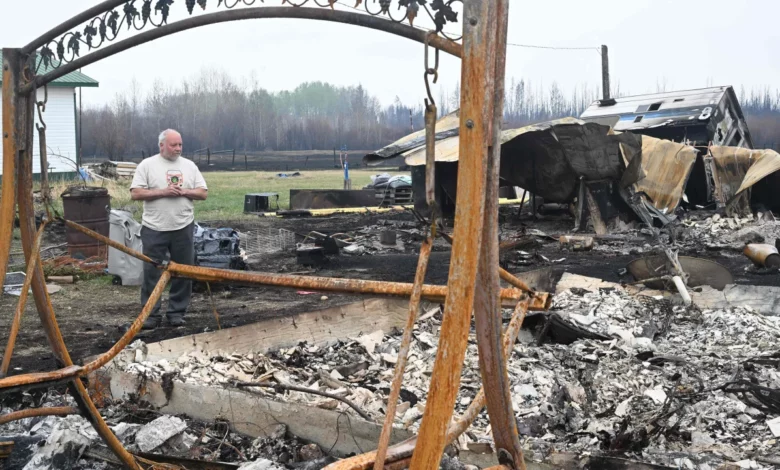
Devastating wildfires in Alberta have burned more than 150 times more area than in the last five years combined at this same point in the year, according to statistics from the Alberta government.
With more than 410,000 hectares (about 1 million acres) charred so far in 2023, the extent of the burned area is larger than the country of Luxembourg and is roughly equivalent to the size of 1.5 Rhode Islands.
Canadian Armed Forces will provide firefighting support and airlift resources to Albertans as wildfires ravage the province, prime minister Justin Trudeau said in a tweet Thursday.
“We’ve approved the province’s request for federal assistance,” Trudeau said. “@CanadianForces are going to provide firefighting support and airlift resources, assist with the evacuation of isolated communities, and help keep people safe. We’ll continue to be here for you.”
The 273 wildfires in Alberta so far in 2023 have far exceeded each of the last five years to date as well. With temperatures expected to rise significantly by this weekend and into next week, a provincial state of emergency has been declared as weather conditions threaten to aid in fire growth and worsen the situation.
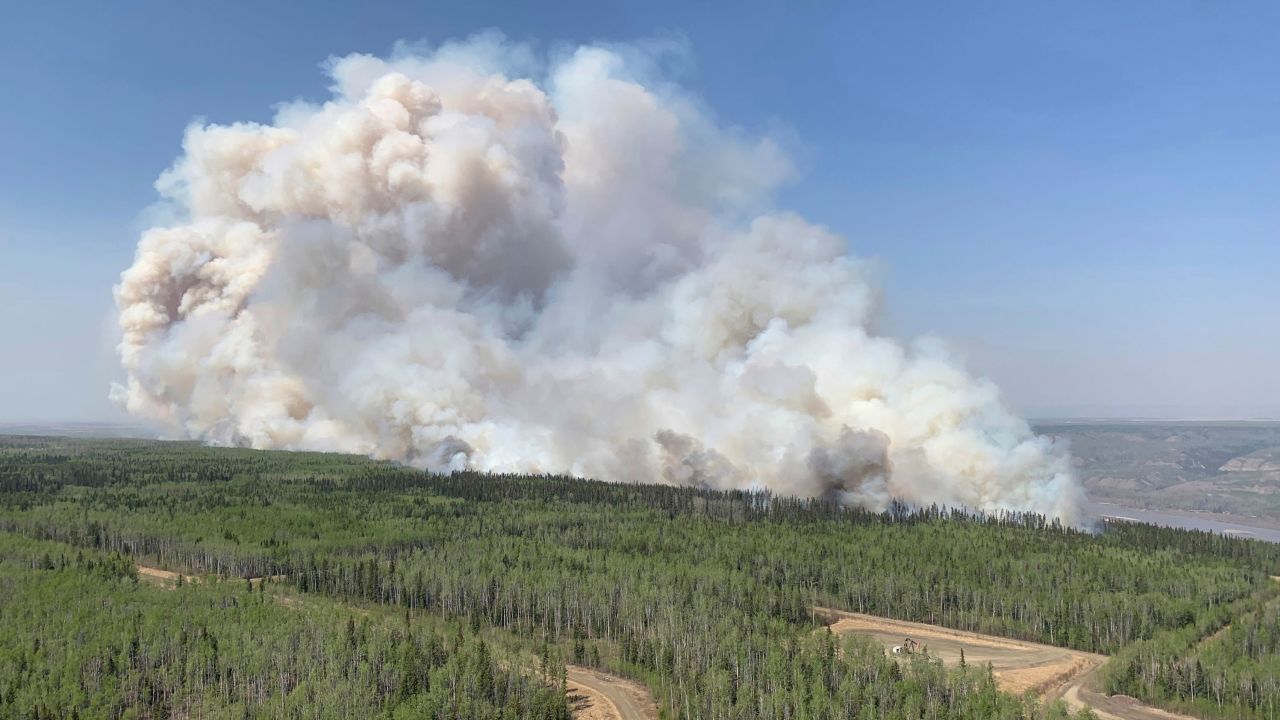
“We are expecting record breaking temperatures across British Columbia and northern Alberta through early next week,” meteorologist Terri Lang from Environment Canada tells CNN. Last week’s abnormally warm and dry conditions have set the stage for more fires this weekend. “This is when we get very aggressive fire behavior,” explained Lang. “Throw in some wind and we are off to the races with regards to the wildfire season.”
Temperatures will range between 10 and 15 degrees Celsius above average (18 to 27 degrees Fahrenheit) leading into the weekend, with the peak of the heat expected early next week. Edmonton’s average high temperature is 17°C (62°F) for the month of May, but has already experienced two 30°C (86 °F) days so far this month. The forecast calls for temperatures to exceed 30°C by early next week. “This is very hot for us,” said Lang.

Billowing smoke from the over 80 active wildfires across the Alberta province has drifted across Canada and has reached the eastern seaboard of the United States, creating smoky skies across New England. The smoke is so thick that it is visible on satellite imagery, stretching from western Canada to the US East Coast.
Forecasts indicate that smoke will continue to drift across Canada throughout the weekend, impacting the quality of air, while a notable shift in winds to the north and west will disperse the smoke toward British Columbia and the Northwest Territories through Saturday.
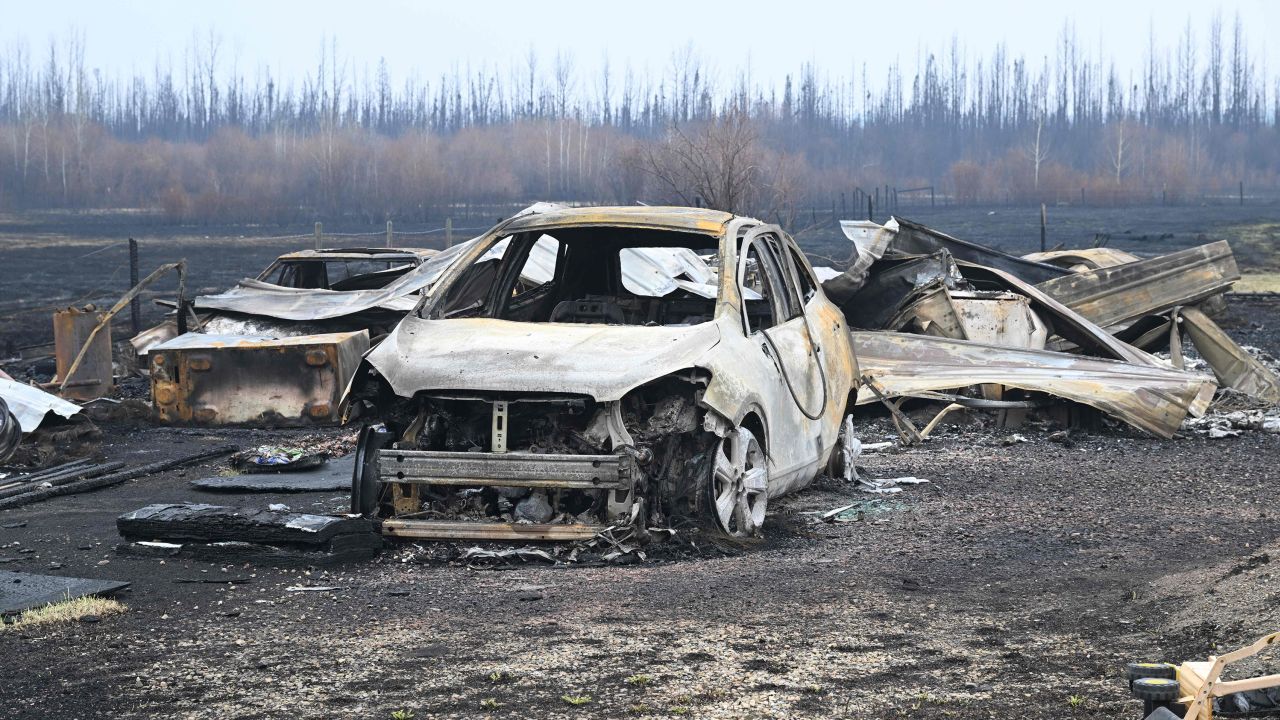
Even though lightning was a factor in the recent uptick of wildfires across Alberta, “many of the wildfires so far this season have been human caused. That could be from anything ranging from sparks created by trains to people being careless where they throw their cigarettes butts,” explained Lang.
CNN Meteorologist Monica Garrett and Michelle Watson contributed to this reporting.

